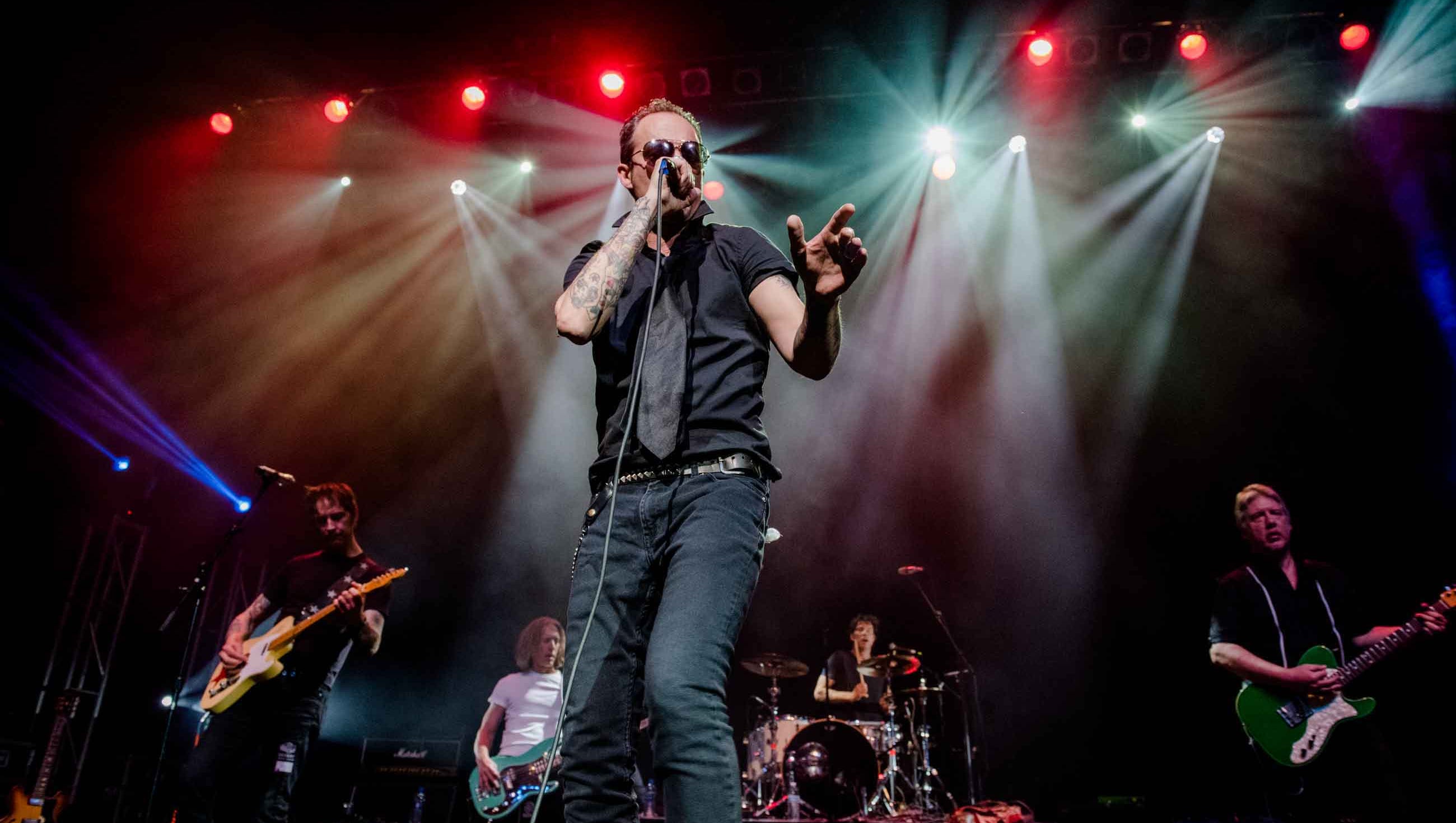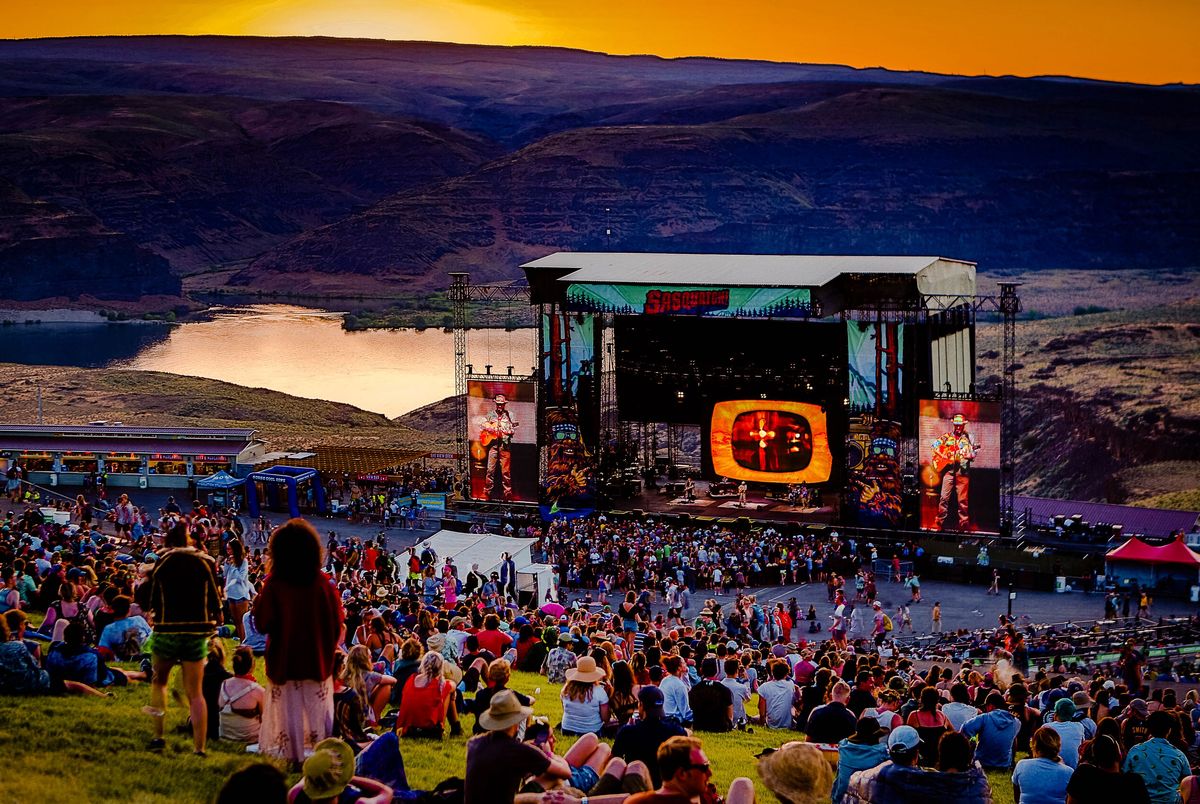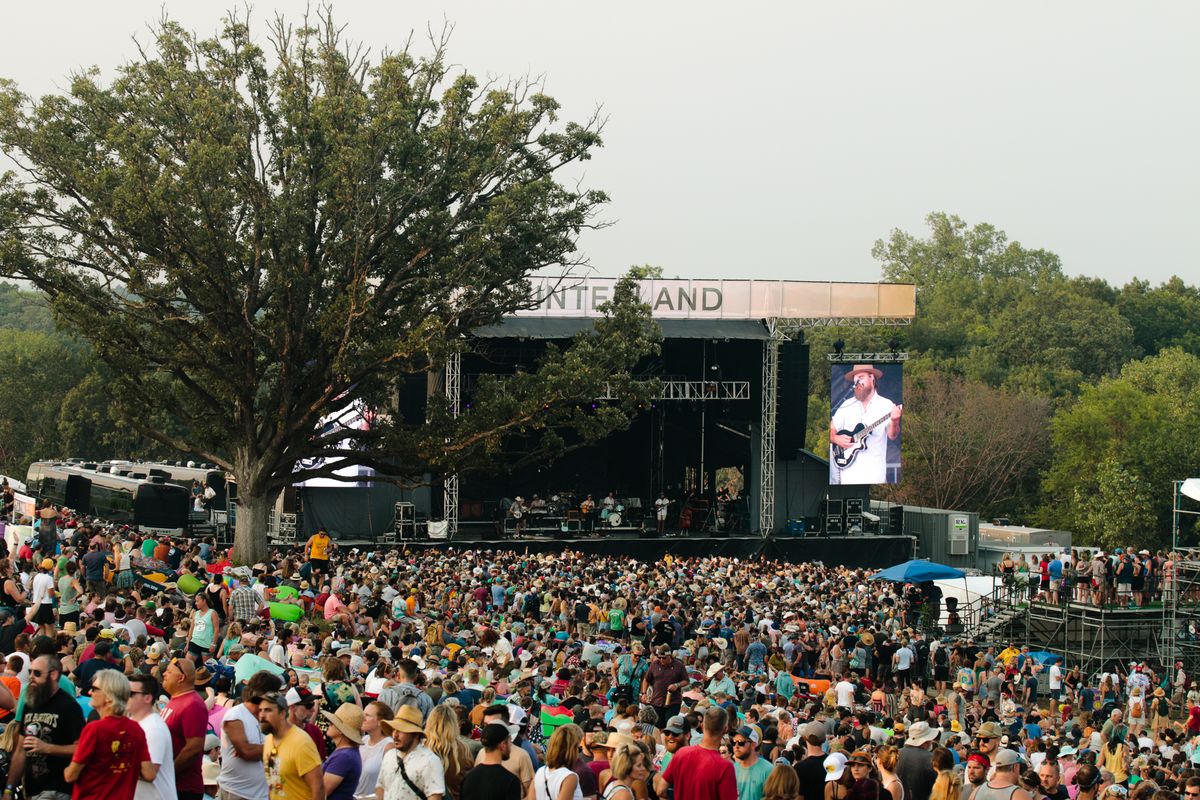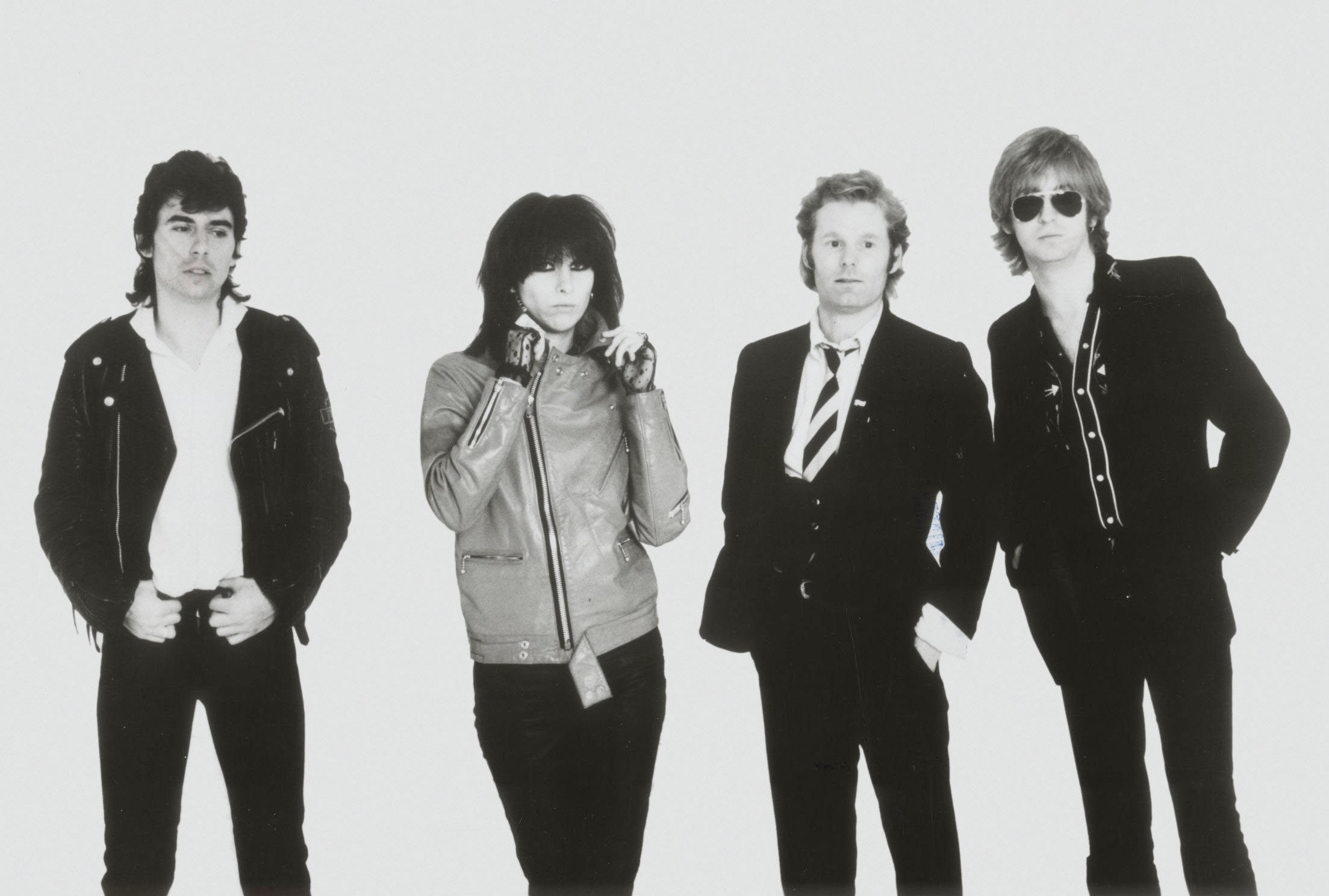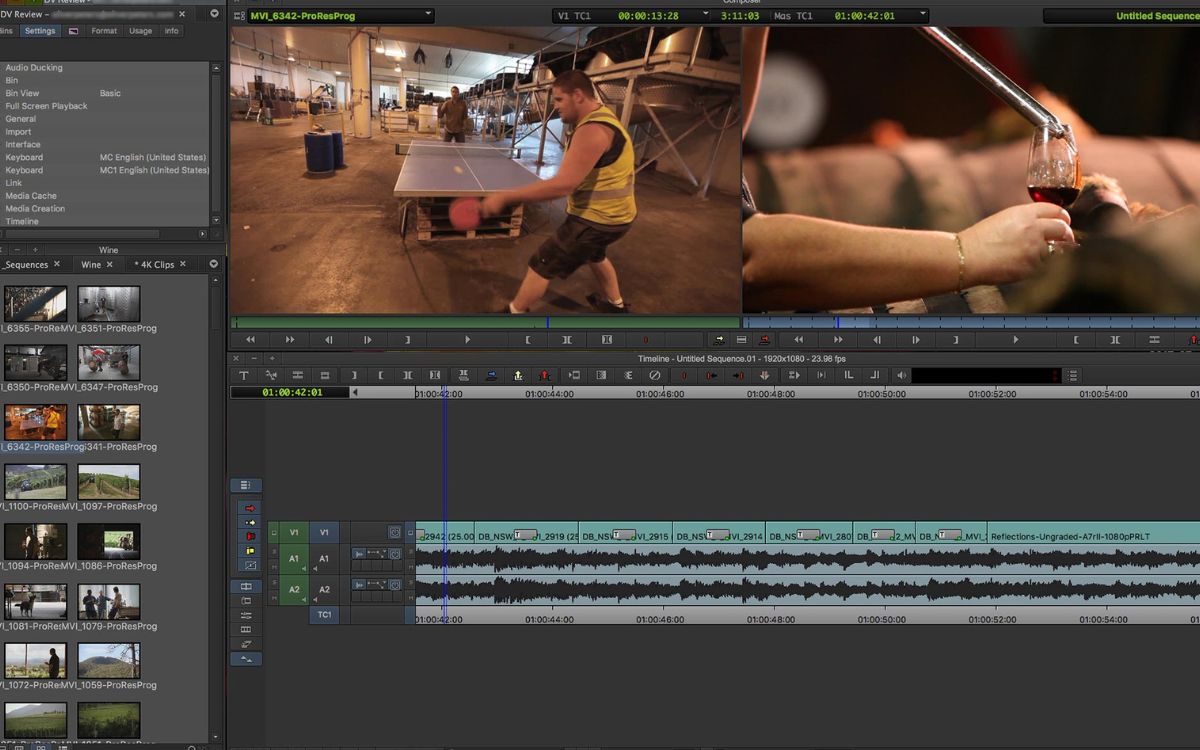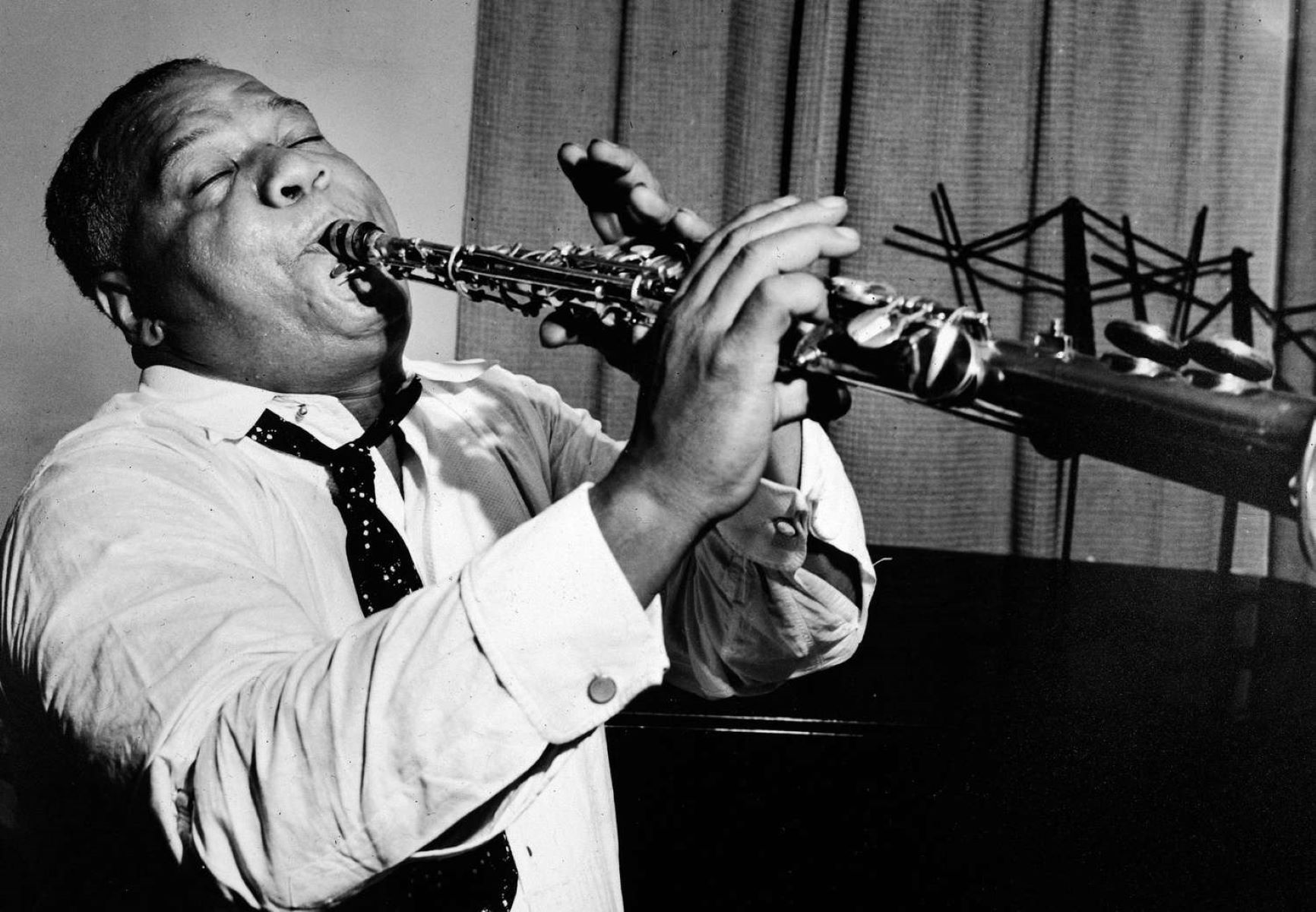Home>Events & Info>Festival>What Was The First Music Festival
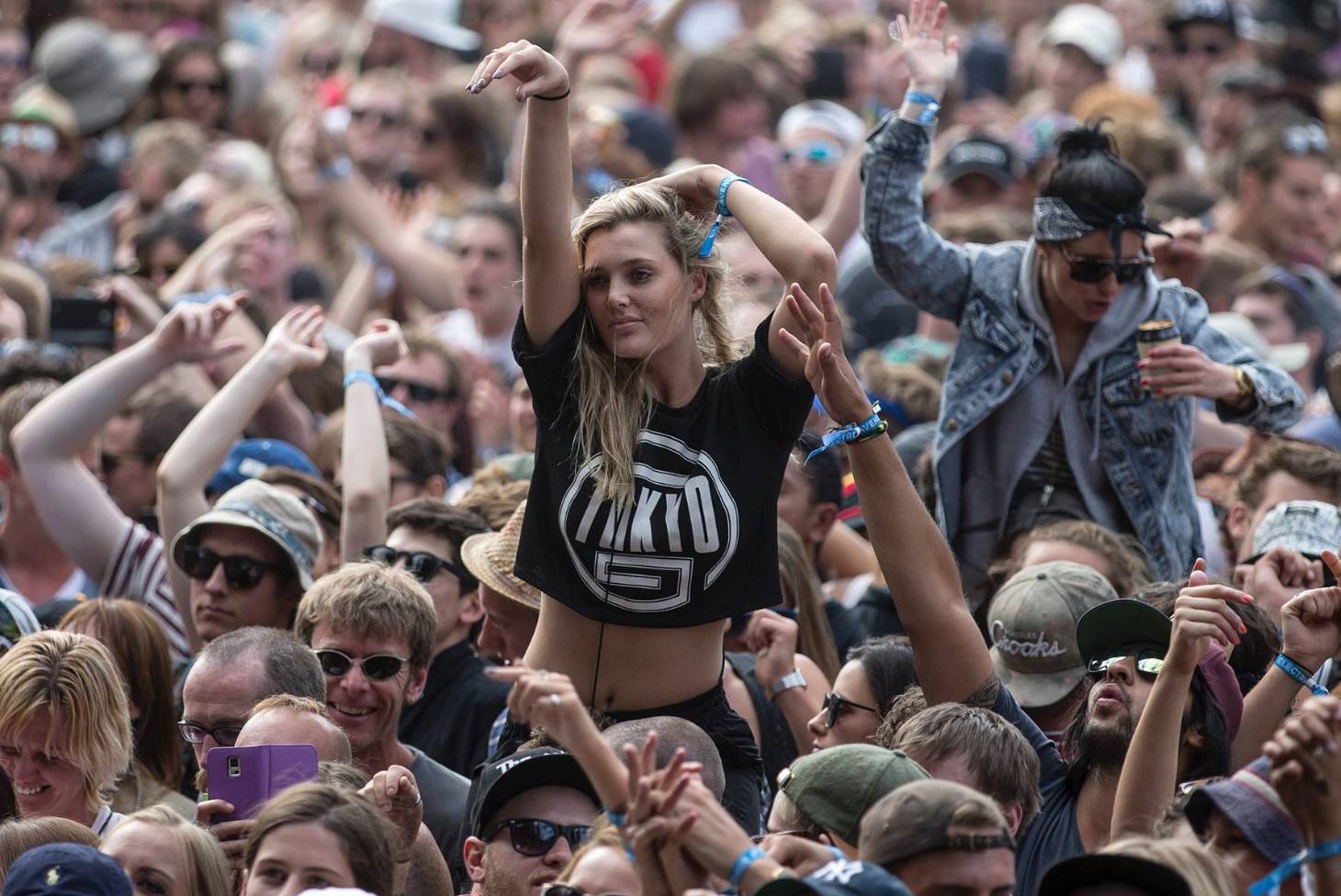

Festival
What Was The First Music Festival
Modified: January 22, 2024
Discover the history of the first music festival and experience the magic of festivals with our comprehensive guide.
(Many of the links in this article redirect to a specific reviewed product. Your purchase of these products through affiliate links helps to generate commission for AudioLover.com, at no extra cost. Learn more)
Table of Contents
Introduction
Music festivals have become a cultural phenomenon, drawing millions of passionate music enthusiasts from around the globe. These events provide an opportunity for music lovers to come together and celebrate their favorite artists in a vibrant and energetic atmosphere. But have you ever wondered how music festivals came into existence?
The history of music festivals can be traced back to ancient times, where gatherings were held to celebrate music, dance, and the arts. However, the modern concept of music festivals as we know them today began to gain popularity in the 20th century.
Early music festivals started to emerge as a response to the growing demand for live music performances. Musicians, eager to showcase their talent and connect with their audience on a larger scale, saw festivals as an ideal platform to achieve these goals. Moreover, festival-goers sought an immersive experience where they could escape their daily routines and immerse themselves in a world of music, art, and camaraderie.
In this article, we will delve into the early beginnings of music festivals and explore some of the most influential and memorable events in history. From the National Folk Festival of 1934 to monumental gatherings like the Woodstock Festival of 1969 and the iconic Glastonbury Festival, we will uncover the evolution of music festivals and their enduring impact on the music industry.
Join us on this exciting journey as we discover the fascinating origins and transformative power of music festivals.
Early Beginnings of Music Festivals
The concept of music festivals can be traced back to ancient civilizations, where gatherings were held to celebrate music, dance, and cultural rituals. These early festivals served as a communal experience, bringing people together to enjoy and appreciate the power of music.
However, it was during the late 19th and early 20th centuries that the modern concept of music festivals started to take shape. In Europe, opera and classical music festivals began to gain popularity, showcasing the talents of renowned composers and performers.
One of the earliest and most influential music festivals was the Bayreuth Festival, established in 1876 by Richard Wagner in Bayreuth, Germany. This festival focused exclusively on the performance of Wagner’s operas and continues to be held annually, attracting opera aficionados from all over the world.
In the United States, the growth of music festivals can be attributed to the folk music revival of the early 20th century. Folk music festivals became platforms for preserving and celebrating traditional music, bringing folk artists and enthusiasts together in a shared appreciation of this rich musical heritage.
One notable event in the history of music festivals is the National Folk Festival, which took place in St. Louis, Missouri, in 1934. This festival, organized by the American National Folklore Society, showcased a wide array of folk musicians, dancers, and storytellers, attracting thousands of attendees. The success of the National Folk Festival paved the way for future festivals that celebrated diverse music genres and fostered a sense of cultural pride.
Another significant development was the emergence of jazz music festivals in the early 20th century. The Newport Jazz Festival, inaugurated in 1954 in Newport, Rhode Island, became the first major jazz festival in the United States. This iconic festival brought together legendary jazz artists such as Duke Ellington, Louis Armstrong, and Ella Fitzgerald, showcasing the genre’s improvisational brilliance and captivating audiences with its infectious rhythms.
These early music festivals laid the foundation for the expansive and diverse festival culture we experience today. They set the stage for the exponential growth of music festivals worldwide and solidified their position as a beloved form of entertainment and cultural expression.
The National Folk Festival of 1934
The National Folk Festival, held in St. Louis, Missouri, in 1934, was a groundbreaking event that played a pivotal role in shaping the modern music festival landscape. Organized by the American National Folklore Society, this festival aimed to celebrate and showcase the rich tapestry of American folk music and traditions.
At a time when the United States was grappling with the effects of the Great Depression, the National Folk Festival provided a much-needed respite and unity through the power of music. The festival brought together a diverse range of musicians, dancers, folklorists, and storytellers from various regions across the country, highlighting the unique regional styles and cultural traditions that had been handed down through generations.
The National Folk Festival featured performances by influential artists such as Lead Belly, Woody Guthrie, and Pete Seeger, who would go on to shape the folk music genre and inspire generations of musicians. These artists tapped into the essence of American folk music, sharing stories and experiences that resonated with people from all walks of life.
One of the festival’s key objectives was to preserve the cultural heritage of folk music. Folklorists documented songs, dances, and stories, ensuring that these musical traditions would not be lost to time. The National Folk Festival became a platform for these musicians and folklore enthusiasts to connect, learn from each other, and inspire a renewed interest in traditional American music.
The success of the National Folk Festival paved the way for subsequent festivals that celebrated and explored different genres of music. It ignited a renewed interest in folk music, which would later influence the emergence of the folk revival movement of the 1950s and 1960s, characterized by artists like Bob Dylan, Joan Baez, and Joni Mitchell.
Although the National Folk Festival of 1934 was not a recurring event, its impact was far-reaching. It laid the foundation for future music festivals that would explore and celebrate the rich cultural diversity of music. It fostered a sense of unity, bringing people from all walks of life together in a shared appreciation for America’s musical heritage, and it continues to shape the festival landscape we see today.
The Newport Jazz Festival
The Newport Jazz Festival, inaugurated in 1954 in Newport, Rhode Island, holds a significant place in the history of music festivals, particularly in the realm of jazz. This pioneering event not only showcased the talents of legendary jazz musicians but also became a catalyst for the popularization of jazz music.
Conceived by socialite Elaine Lorillard, George Wein, and Louis and Elaine Lorillard, the Newport Jazz Festival aimed to bring jazz out of the small clubs and into the spotlight. The festival showcased a lineup of world-class jazz artists, including luminaries such as Duke Ellington, Louis Armstrong, and Ella Fitzgerald, captivating audiences with their virtuosity and improvisational brilliance.
The inaugural Newport Jazz Festival was a resounding success, drawing thousands of enthusiastic jazz fans. The festival site, the Newport Casino, provided an intimate and unique setting for these performances, creating an immersive experience for attendees.
The Newport Jazz Festival went beyond simply presenting live music. It fostered a community of jazz enthusiasts, musicians, and industry professionals who came together to celebrate and promote this dynamic musical genre. The festival became a platform for jazz musicians to gain recognition and reach a wider audience, contributing to the growth and popularity of jazz music.
Over the years, the Newport Jazz Festival continued to evolve and expand. It showcased the talents of emerging artists and embraced new styles and innovations within the jazz genre. The festival also became known for its eclectic lineup, incorporating other genres such as blues, rock, and soul, creating a diverse and inclusive musical experience.
However, it wasn’t always smooth sailing for the Newport Jazz Festival. The festival faced financial challenges and had to adapt to changing times and musical tastes. Yet, it persevered, with each iteration highlighting the enduring magic of jazz music and its ability to captivate audiences.
The Newport Jazz Festival’s enduring legacy can be seen in the countless jazz festivals that have sprung up worldwide, all inspired by its spirit and success. It played a significant role in elevating jazz to a mainstream audience and nurturing the appreciation for this unique form of expression.
Today, the Newport Jazz Festival continues to be an annual celebration of jazz music, attracting thousands of passionate fans and showcasing a diverse lineup of both established and emerging talent. It stands as a testament to the power of music festivals in bringing people together to experience the joy and transcendence of live performances.
Woodstock Festival of 1969
The Woodstock Festival, held in August 1969 in Bethel, New York, is one of the most iconic and influential music festivals in history. It was a defining moment of the counterculture movement and a symbol of peace, love, and music.
Originally billed as the “Woodstock Music and Art Fair,” the festival was organized by four young men: Michael Lang, John Roberts, Joel Rosenman, and Artie Kornfeld. They envisioned a peaceful gathering that would showcase the emerging rock and folk music of the time.
What was supposed to be a three-day event turned into a cultural phenomenon, attracting an estimated 400,000 attendees and serving as a gathering place for the youth of the 1960s. The festival site was ill-prepared for the massive influx of people, leading to shortages of food, water, and medical supplies. However, amidst the chaos, the spirit of community and harmony prevailed.
The Woodstock Festival featured a lineup of legendary artists, including Jimi Hendrix, Janis Joplin, The Who, Santana, and many others. These performances showcased the cultural and musical revolution taking place at the time, encapsulating the spirit of the counterculture movement and its call for peace and social change.
Woodstock also became synonymous with the concept of music festivals as a platform for social activism. It was a gathering place for like-minded individuals advocating for civil rights, the anti-war movement, and environmental conservation. The festival became a symbol of youth rebellion and idealism.
Despite the challenges faced by the organizers, Woodstock left an indelible mark on both the music industry and American society as a whole. It proved that music has the power to transcend boundaries, bring people together, and inspire social change.
The impact of Woodstock extends far beyond its three-day duration. It set the stage for future music festivals, paving the way for large-scale gatherings such as Coachella, Bonnaroo, and Glastonbury. The festival also showcased the commercial viability of music festivals and their potential to become cultural touchstones.
Woodstock remains a symbol of an idealistic era and a testament to the enduring power of music to unite and inspire. It serves as a reminder of the transformative nature of music festivals, where attendees can immerse themselves in the magic of live performances and share in the collective experience of peace, love, and music.
Isle of Wight Festival
The Isle of Wight Festival is one of the most significant and historic music festivals in the United Kingdom. The festival originated in 1968 and quickly gained fame for its remarkable lineups and massive crowds. Held on the Isle of Wight, a picturesque island off the southern coast of England, the festival became an annual pilgrimage for music lovers from all over the world.
The inaugural Isle of Wight Festival took place in 1968 and featured performances by notable artists such as Jefferson Airplane, T. Rex, and The Move. However, it was the subsequent editions of the festival that truly left an indelible mark on music history.
In 1969, the Isle of Wight Festival witnessed a remarkable gathering of over 150,000 attendees, making it one of the largest music events of its time. The lineup was a who’s who of rock ‘n’ roll, including The Who, Bob Dylan, and Jimi Hendrix. Hendrix’s performance in particular is regarded as one of his most legendary and iconic, showcasing his virtuosity and pushing the boundaries of what was possible on guitar.
The following year, the festival’s popularity continued to grow, with an estimated 600,000 people flocking to the island to witness remarkable performances by The Doors, The Moody Blues, and Joni Mitchell. The sheer magnitude of the crowd and the energy generated by the performances made the 1970 Isle of Wight Festival a truly monumental event.
The Isle of Wight Festival became known not only for its impressive musical lineups but also for its unique environment. Set against the backdrop of the beautiful island scenery, the festival provided an immersive experience that blended music, art, and nature. Attendees camped on the grounds, creating a sense of community and camaraderie that added to the festival’s allure.
However, the festival faced challenges as it continued to grow. Local residents and authorities raised concerns about the festival’s impact on the island’s infrastructure and environment. These concerns eventually led to a hiatus in the festival’s run, with the final edition taking place in 1970.
Despite its temporary hiatus, the legacy of the Isle of Wight Festival lives on. The festival played a pivotal role in the music and cultural scene of the late 1960s and early 1970s, showcasing the breadth and depth of rock ‘n’ roll and leaving an everlasting impact on music festival culture.
In 2002, the festival was revived and has since become a staple of the UK festival circuit. The modern incarnation of the Isle of Wight Festival continues the tradition of attracting top-tier artists and offering a diverse range of musical genres, ensuring that the legacy of the festival lives on for future generations to enjoy.
Glastonbury Festival
The Glastonbury Festival is a legendary music and arts festival that has become synonymous with cultural significance and immersive experiences. Held annually in Somerset, England, Glastonbury is one of the largest and most renowned music festivals in the world.
First held in 1970, the festival was inspired by the ethos of the counterculture movement and its emphasis on peace, unity, and social change. It emerged as a response to the changing music landscape and the desire to create a space where artists and fans could come together in a celebration of music and art.
Over the years, Glastonbury Festival has evolved, expanding its boundaries to encompass a wide range of music genres and artistic disciplines. It has featured performances by some of the most iconic musicians of our time, including David Bowie, The Rolling Stones, Beyoncé, and many others, solidifying its reputation as a platform for both established and emerging artists.
One of the defining aspects of the Glastonbury Festival is its commitment to environmental sustainability and social activism. The festival aims to lessen its environmental impact by implementing various initiatives such as renewable energy sources, recycling programs, and sustainable food options. It also provides a platform for charities and nonprofit organizations to raise awareness and funds for important causes.
Glastonbury is more than just a music festival; it’s a transformative experience. The festival site, known as Worthy Farm, becomes a temporary community immersed in creativity and imagination. Attendees can explore art installations, participate in workshops, and engage in interactive experiences that go beyond the music stages.
Another feature that sets Glastonbury apart is its celebration of diverse art forms. In addition to music, the festival showcases the talents of poets, comedians, circus performers, and theater groups. This multidisciplinary approach creates a vibrant and inclusive atmosphere, where attendees can explore new art forms and embrace new experiences.
Glastonbury Festival has had its share of challenges over the years, including weather-related issues and logistical hurdles. The festival has occasionally taken breaks to reassess its impact and improve the overall experience. However, each reincarnation of Glastonbury brings new innovations, collaborations, and surprises that keep festival-goers eagerly anticipating its return.
The influence of Glastonbury extends far beyond the festival site itself. It has inspired the creation of numerous music festivals around the world, each seeking to capture the magic and spirit of Glastonbury in their own unique way. Its legacy is felt not only in the music industry but also in the hearts of the countless individuals whose lives have been touched by the festival’s transformative power.
As the Glastonbury Festival continues to push boundaries and evolve, it remains a beacon of creativity, social consciousness, and a celebration of the innate human desire for connection through music and art.
Conclusion
Music festivals have come a long way since their earliest beginnings. From ancient celebrations that united communities through music and dance to the massive, immersive experiences we witness today, festivals have continuously evolved and left an indelible impact on our cultural landscape.
Early festivals such as the National Folk Festival and the Newport Jazz Festival paved the way for the explosion of music festivals in the 20th century. The transformative power of these gatherings helped bring diverse musical genres and traditions to the forefront, fostering a sense of unity and cultural exchange.
The Woodstock Festival of 1969 became a symbol of a generation’s rebellious spirit, while the Isle of Wight Festival provided a platform for rock ‘n’ roll to thrive and captivate enormous crowds. Meanwhile, Glastonbury Festival combined music, art, and social activism to create a holistic experience that transcends the boundaries of a traditional music festival.
These festivals have left a lasting impact on both the music industry and our collective consciousness. They have shaped cultural movements, propelled careers, and influenced the way we experience and appreciate live music. Moreover, they have provided a framework for subsequent festivals, inspiring the modern-day gatherings that draw millions of passionate fans from around the world.
Music festivals continue to evolve, embracing new genres, technology, and experiences that push the boundaries of what is possible. They serve as a bridge between artists and fans, providing a platform for musical expression and collective celebration.
In conclusion, music festivals are a testament to the enduring power of music to connect, inspire, and shape culture. They offer a space where people can escape their day-to-day lives, immerse themselves in the magic of live performances, and forge meaningful connections with others who share their passion.
Whether it’s the joyous celebration of folk music, the electrifying energy of rock ‘n’ roll, the improvisational brilliance of jazz, or the immersive experience of a multi-genre festival, these events continue to captivate audiences and leave a lasting impact on the cultural fabric of society.
So, the next time you find yourself amidst a sea of music enthusiasts, embracing the sounds and energy of a festival, take a moment to appreciate the rich history behind these events and the profound influence they have had on music, art, and our shared human experience.


